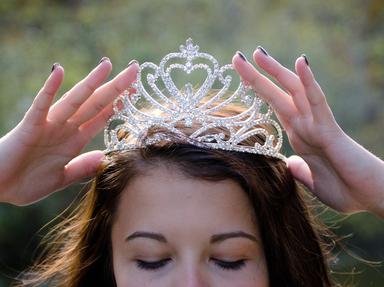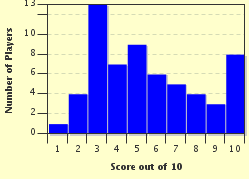Quiz Answer Key and Fun Facts
1. Margaret, whose disputed reign as Queen of Scots lasted from 1286 to 1290, never actually set foot in Scotland and was just seven years old when she perished from sea-sickness en route to the country. By what name is she generally known?
2. The majority of Queen Maria's 24-year reign over which Mediterranean island nation was spent in exile in Aragon, before she and her husband were able to mount a military campaign to take control of the territory?
3. The reign of Queen Mary of Hungary and Croatia was briefly interrupted when she was deposed by her distant relation Charles III of Naples in 1385. What event led to her restoration the following year?
4. The reign of Mary, Queen of Scots came to an abrupt end in 1567 when she was executed at Fotheringhay Castle on the orders of her cousin, Queen Elizabeth I of England.
5. When Queen Mary I of England married Prince Philip of Spain in 1554 she also became queen of which country that later became part of modern-day Italy?
6. Queen Mary II of England came to the throne in 1689 following the deposition of her father, King James II. What name is given to the revolt that sparked this change?
7. When Maria Theresa became the ruler of the empire unofficially known as the 'Habsburg monarchy' in 1740, her succession became the prompt for the start of which conflict that lasted for more than seven years?
8. Maria I, the first queen regnant of Portugal, reigned for nearly 40 years from 1777 until her death in 1816, but took no active part in the government of her country from 1792 onwards. What prompted this decision?
9. The reign of Queen Maria II of Portugal was split into two portions - 1826 to 1828 and then again from 1834 to 1853. Who deposed her in 1828 and reigned for the intervening period?
10. Queen Margrethe II ascended the throne of which European country on the death of her father, King Frederick IX, in January 1972?
Source: Author
Fifiona81
This quiz was reviewed by FunTrivia editor
bloomsby before going online.
Any errors found in FunTrivia content are routinely corrected through our feedback system.

